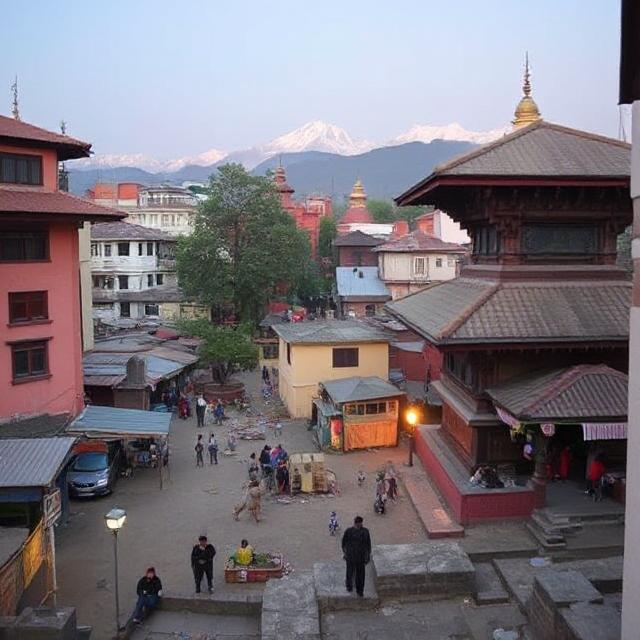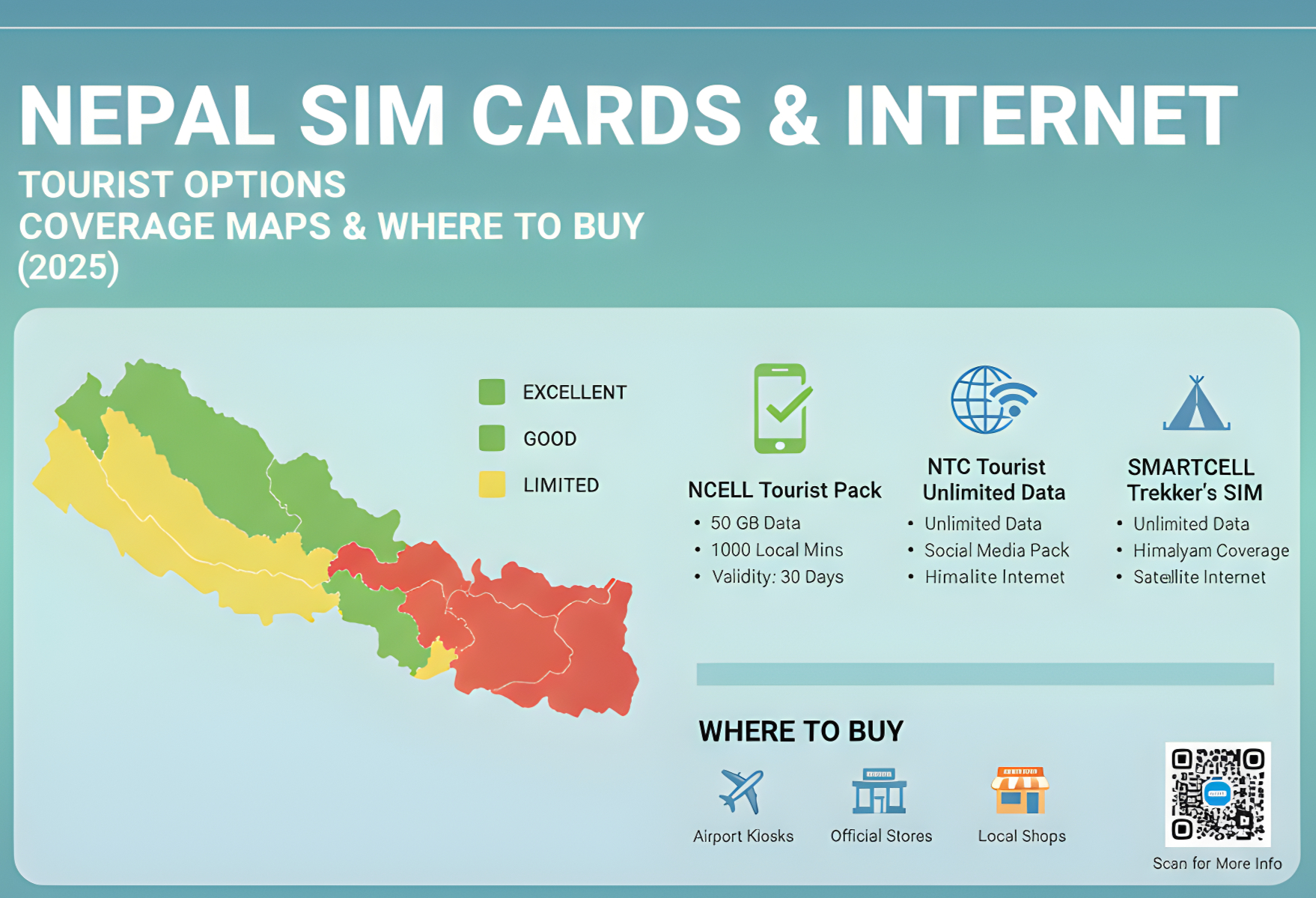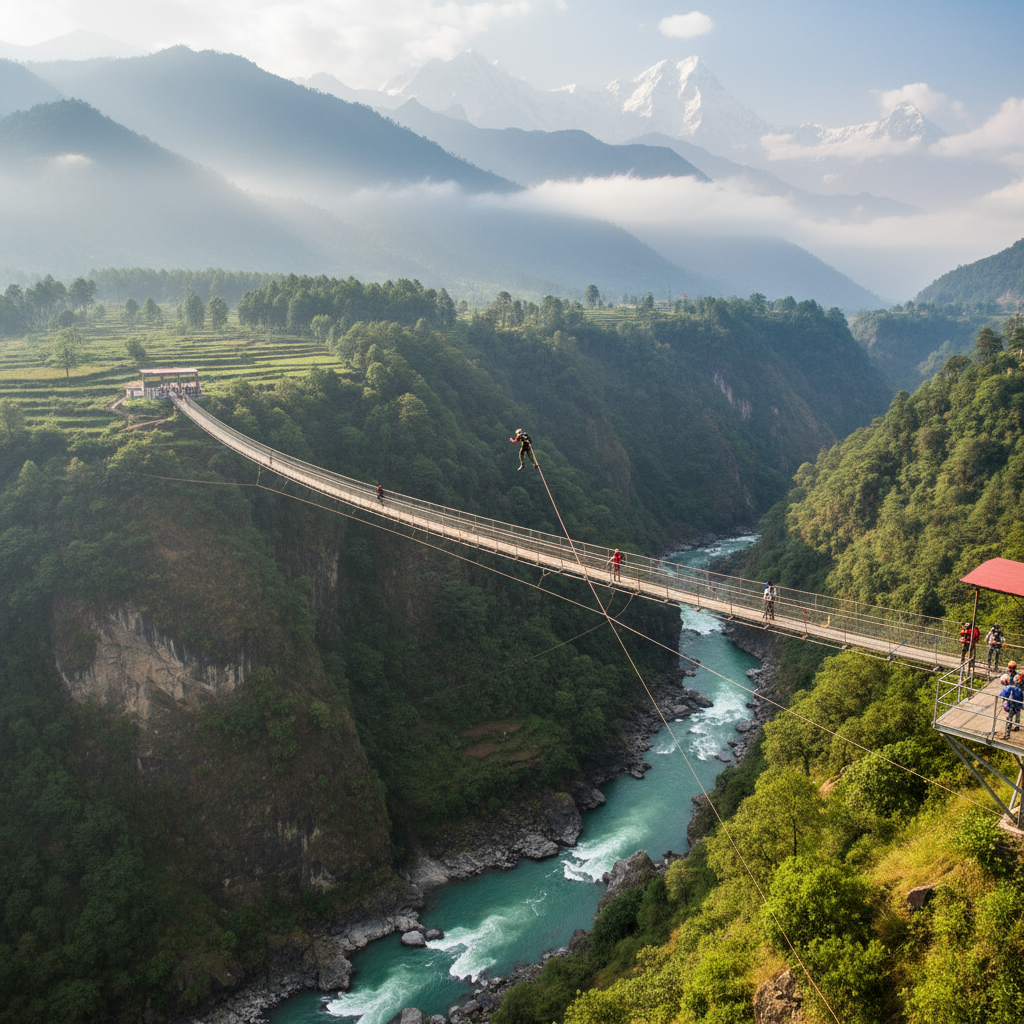Public Transport Adventures: How to Navigate Nepali Cities Like a Local

Mahenbalal
Travel Writer & Local Expert
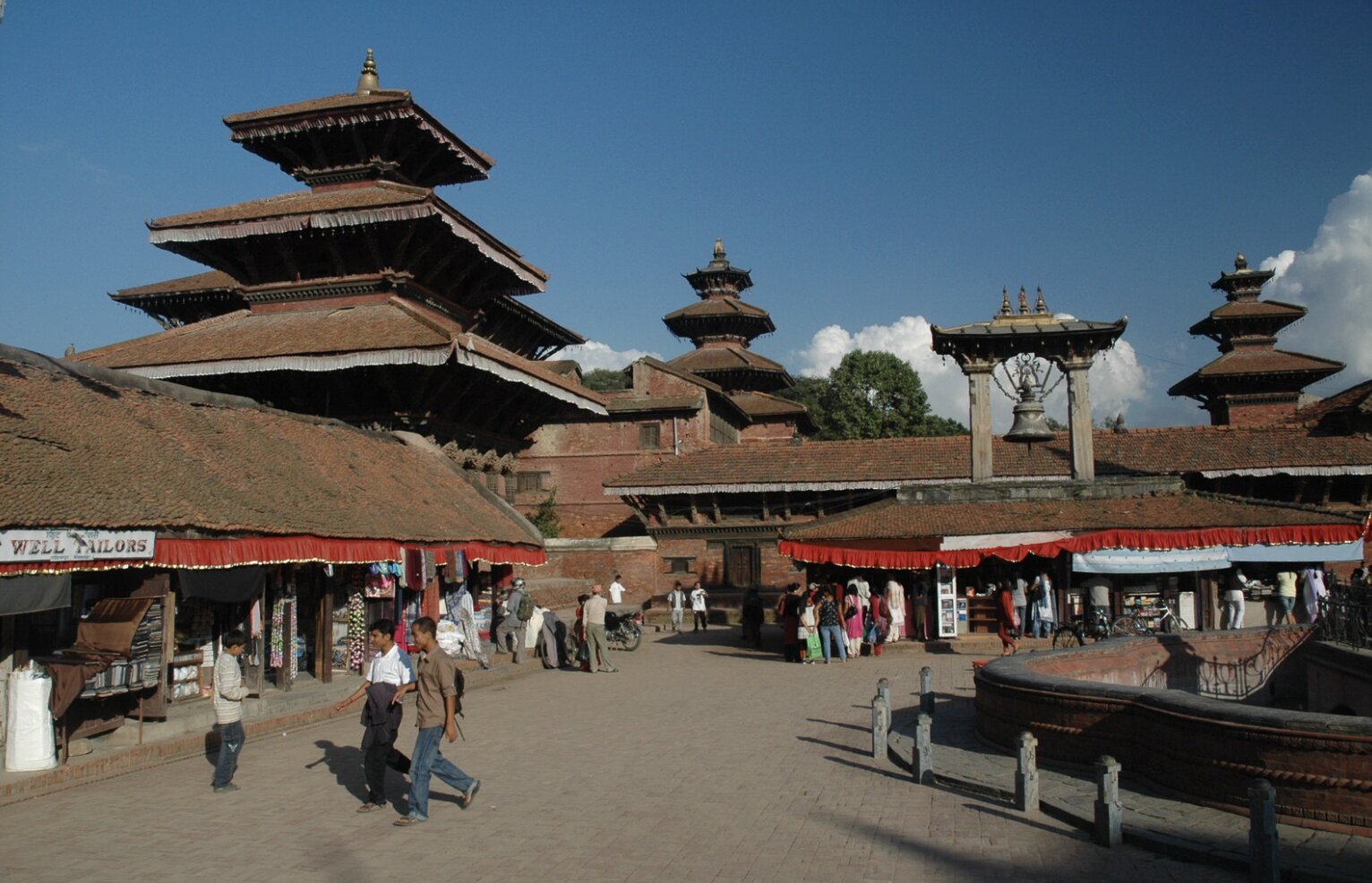
Travel in Nepal is not just moving from point A to point B; it is in itself a cultural experience. Public transport is the backbone of Nepali cities and brings together all classes of people in an informal but very efficient chain. To unfamiliar visitors, the network of buses, tempos, rickshaws, and taxis appears formidable. But equipped with the right information, traveling through these modes of transportation is one of the wisest methods to save money, live life like the locals do, and understand cities like Kathmandu and Pokhara from an absolutely authentic perspective. Unlike tourist buses or private vehicles, public transport in Nepal gives one a chance to observe how locals live, travel, and engage daily.
Learning about the Public Transport System in Nepal
Nepal's public transport is not strictly controlled, and it doesn't run on strict timetables. Instead, it operates on route system, unofficial stops, and word-of-mouth advice. The giant city buses, tiny microbuses, three-wheeled tempos, rickshaws, taxis, and ride-sharing services are the backbone of urban transport. All these modes have their goodness and eccentricities. Buses are the cheapest and most widely available, microbuses are faster and more convenient, but rickshaws and tuk-tuks carry and entertain in equal measure. For daredevil tourists who can tolerate some uncertainty, this mode offers an unbeatable glimpse into the rhythms of Nepali everyday life.
Buses: The Budget Traveler's Friend
The city bus is the most common and cheapest means of traveling around Nepali cities. Buses operate on major routes in Kathmandu, Pokhara, and the other towns, stopping every several meters to pick up and drop off passengers. They don't have fixed stops very frequently, so you can flag them down almost anywhere along their route. Fares are extremely low, starting at around twenty Nepali rupees for extremely short distances, so buses are perfect for those with a tight budget. However, they are usually full, especially during morning and late afternoon peak hours, and comfort is definitely not the virtue of these vehicles. However, apart from the occasional jostle, they provide an actual and unglamorized picture of city life in Nepal on a day-to-day basis.
Microbuses and Tempos: Quick and Efficient Alternatives
For those who want just a little faster and more frequent service, microbuses—usually vans such as Toyota Hiaces—are a good option. They follow set routes such as buses but are able to push through traffic more easily due to their small size. They are barely more pricey than buses but avoid valuable time, particularly on crowded Kathmandu streets. Small electric three-wheelers known as tempos are another option popular among residents for shorter distances. They are shared taxis where passengers get in and out along the way. Though they can be crowded at peak times, they are cheap, sustainable, and a classic feature of the Nepali transport network.
Rickshaws and Tuk-Tuks: Short Distances with Cultural Flair
In districts like Thamel in Kathmandu or Lakeside in Pokhara, tuk-tuks and rickshaws are a common sight. Rickshaws are pedal-powered, man-driven cars, whereas tuk-tuks are motorized auto-rickshaws. Both these vehicles are suitable for short journeys through highly populated regions where larger cars cannot travel. They are convenient and add an element of adventure, usually being part of a traveler's Nepal recollection. Prices vary with distance and bargaining power, but are usually more expensive than tempos or buses. Visitors must always haggle a price before they take the ride because bargaining is a part of the process.
Taxis and Ride-Sharing: Convenience for a Price
Taxis are readily available in cities and are more convenient for individuals traveling with luggage or those who wish to be in comfort after a long sightseeing day. Drivers, though all taxis are mandated to use meters, prefer to haggle with customers directly. Therefore, it is advisable to inquire about the price in advance. Short-distance city tours are priced between two hundred and five hundred Nepali rupees, which are affordable by international standards but quite expensive than tempos or city buses. Over the past few years, there has been increased popularity of ride-sharing services such as Tootle and Pathao among tourists and digital nomads. These services provide transparent prices, the option for motorbike taxis to be available for solo riders, and the simplicity of modern booking systems, and as such, they are a fast-developing favorite with unsuspecting tourists to the nation who prefer not to bargain.
Safety and Tips for Taking Public Transportation in Nepal
Nepalese public transportation is generally safe, but a little common sense will make traveling easier. Passengers must hold their stuff close to them, as crowded buses offer room for snatching. It is also wise to carry smaller change and bills since the conductors might not have larger denomination change available. Mornings and evenings are rush hours, so using odd hours is a better option. Solo women travelers could use taxis or ride-sharing cars in the evenings for added security. Above all, patience is required; traffic congestion and delays are simply the reality of Nepali urban life, and acceptance of this reality is the secret to being able to make the most of it.
The Cost of Transport and Budgeting for Your Trip
One of the greatest benefits of traveling by public transport in Nepal is its affordability. A day's traveling completely by bus, microbus, or tempo never costs more than five hundred Nepali rupees, less than four dollars. Tempos and buses are cheapest, with taxis being the top of the scale. Rickshaws fall somewhere in between, though prices are mostly dependent on bargaining. Relative to the rest of the world, Nepalese transport is cheap, allowing one to invest monies in trekking, cultural tours, or dinners.
Public Transport Etiquette
Riding the public transport in Nepal also comes with unwritten rules of etiquette. Offering your seat to elderly, women, and families is the norm and appreciated. There is no encouragement of eating on buses, but tolerance while being held up or in a traffic jam is considered courteous. Learning some Nepali words, such as "Dhanyabad" (thank you), suffices in gaining goodwill from other passengers. For travelers, gestures such as these ease the journey but also assist in bonding with locals on a more personal level.
Outside the Cities: Public Transport on Longer Distances
Public transportation in Nepal is not restricted to urban travel. Buses and coaches connect Kathmandu with Pokhara, Chitwan, Lumbini, and other larger towns. Local buses are inexpensive but crowded and merciless, while tourist buses and private coaches are more comfortable for a higher price. Jeeps and shared vans are employed in rural and mountain areas, frequently the sole means of reaching remote villages. For adventurous travelers, these tours are part and parcel of the Nepali experience in addition to trekking the Himalayas or going to temples and stupas.
Conclusion: Welcome the Journey
Nepalese public transportation is maybe less shiny and timely than it is in some of the other, more developed countries, but it more than makes up for it in authenticity, affordability, and character. Each journey, whether it be on a busy bus, a shaky tempo, or a vibrant rickshaw, is a window into true Nepal and Nepalis. For travelers who are willing to accept the uncertainty, it becomes more than a necessity, but an adventure in itself. Traveling Nepali cities like a native is not merely arriving at your destination; it is living the experience in the fullest sense possible.
Recommended Hotels for Your Stay
Handpicked accommodations based on your travel interests
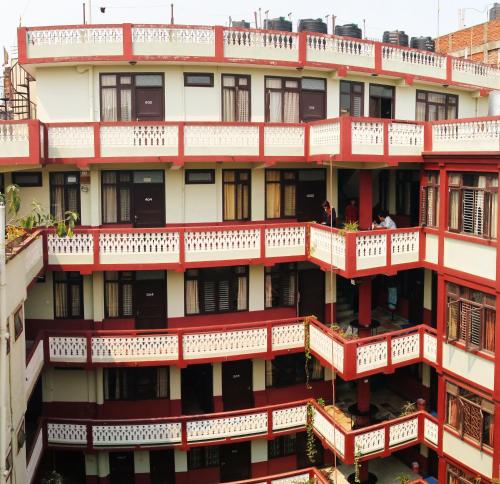
Hotel Yala Peak
A charming boutique hotel in the heart of Thamel offering excellent value for mo...
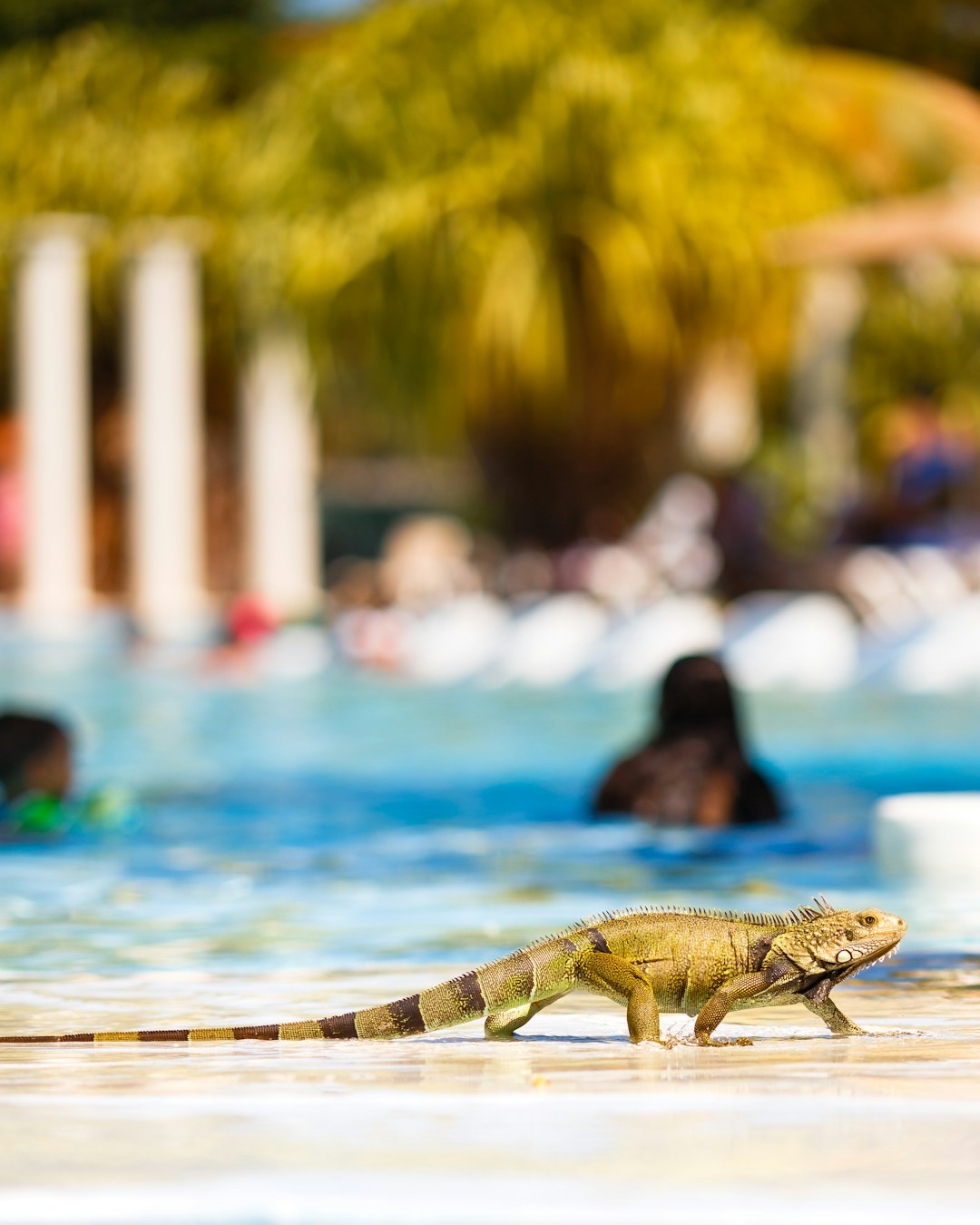
The Dwarika's Hotel Kathmandu
A living museum showcasing traditional Nepalese architecture and culture, The Dw...

